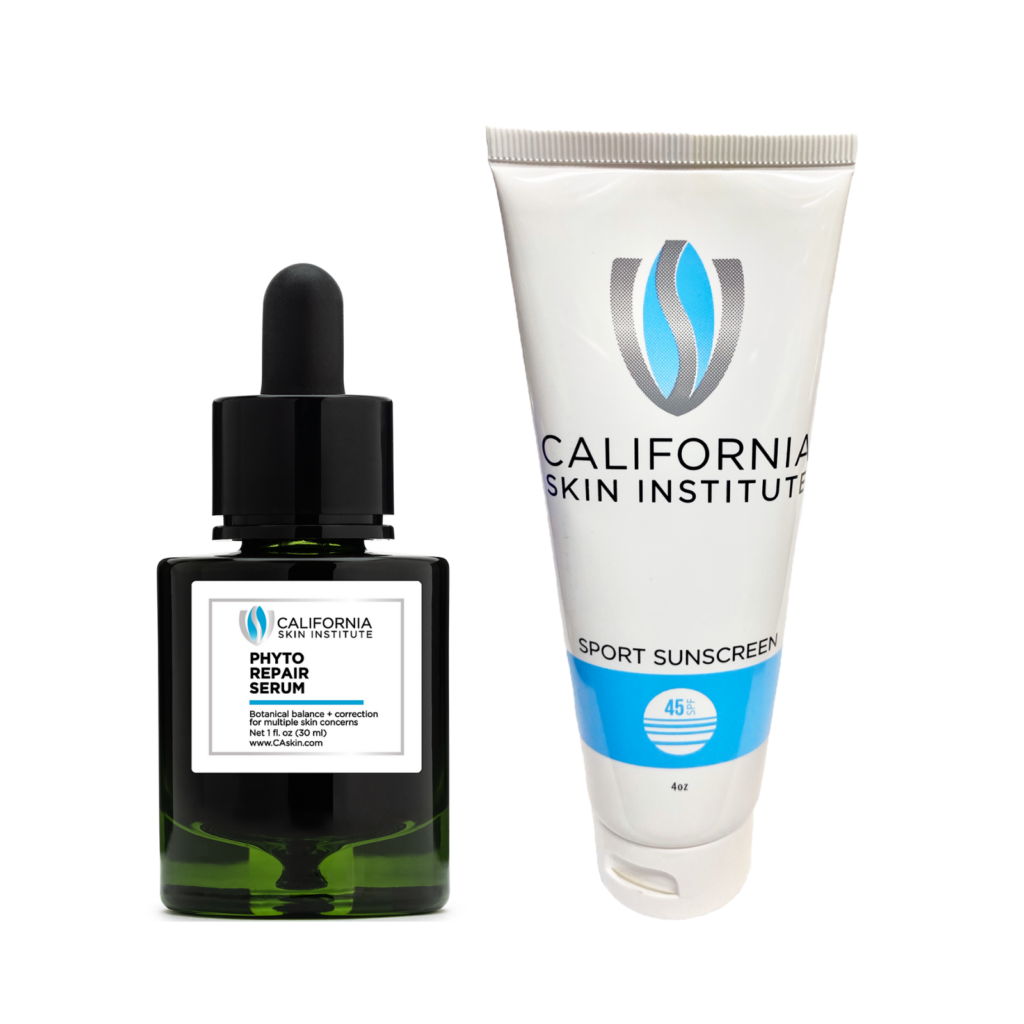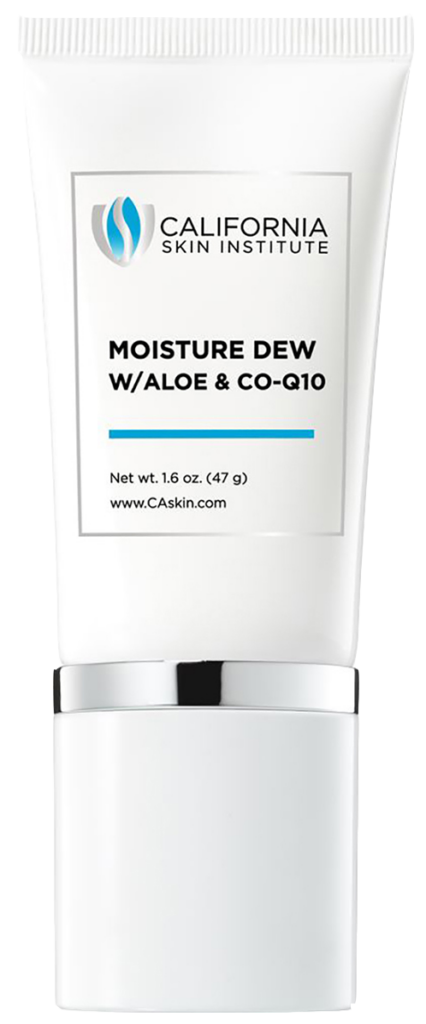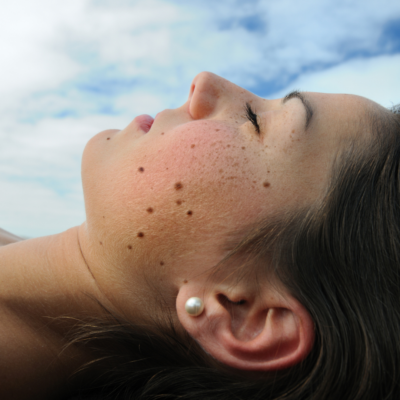
How to Enjoy California’s Superbloom Without Doom and Gloom for Your Skin Health
This article was edited by Paul Hoesly, MD.
California’s hills will be alive with huge swaths of vivid orange, red, and purple wildflowers. These are the eye-popping results of the last few months’ impact by California’s atmospheric storms. These masses of blooming wildflowers are so vast they can even be seen from space. It’s a rare event called a superbloom!
Beyond their enchanting beauty, this bounty of wildflowers will help support insects and pollinators, improve soil health, and prevent erosion. But, there is a downside.
With the ample rainwater, things other than flowers also multiplied, including poison oak, mosquitoes, and lots and lots of pollen.
Fear not. Here’s how to get out there and snap that flower power selfie without any doom and gloom for your skin.
Protect your skin from the sun.
 Even if it’s hazy or foggy, it’s still California. There’s UV radiation burning right through those clouds, even if you don’t feel it. UV radiation can cause premature skin aging and skin cancer. So, before you head out to superbloom country, be sure to shield all exposed skin areas from sun damage by applying an effective high quality sunscreen with an SPF of 30 or more. California Skin Institute’s dermatologically formulated Soothing Protection Kit, complete with botanical serum and lightweight moisturizing sunscreen, may provide the perfect soothing, protective combo.
Even if it’s hazy or foggy, it’s still California. There’s UV radiation burning right through those clouds, even if you don’t feel it. UV radiation can cause premature skin aging and skin cancer. So, before you head out to superbloom country, be sure to shield all exposed skin areas from sun damage by applying an effective high quality sunscreen with an SPF of 30 or more. California Skin Institute’s dermatologically formulated Soothing Protection Kit, complete with botanical serum and lightweight moisturizing sunscreen, may provide the perfect soothing, protective combo.
For extra defense, wear a wide-brimmed hat, large sunglasses with UV protective lenses and a lightweight long-sleeved shirt with additional SPF protection.
Protect your skin from allergic reactions.
Got any COVID masks still stashed around your home? According to the Asthma and Allergy Foundation of America, now might be the time to mask up again if you are pollen-sensitive and prone to breakouts from allergic reactions. Face masks can be especially helpful when pollen counts are as high as they are right now.
Consider checking pollen counts before heading to the hills for superbloom photos or preemptively taking allergy medication.
If you spontaneously go for it and later feel the effects of a pollen blast, there are steps you can take to relieve your symptoms aside from taking OTC or prescribed allergy medication.

 Take a shower. Select a skin cleanser labeled as non-soap. It will contain gentler ingredients and will help you avoid dehydrating your skin. There are superb soap-free options that can deep cleanse without harsh ingredients. California Skin Institute’s soap- free Gentle Soothing Cleanser gently cleanses while hydrating your skin. Be sure to wash all that pollen out of your hair. Rinse off, dry with a fresh towel, and change your clothes.
Take a shower. Select a skin cleanser labeled as non-soap. It will contain gentler ingredients and will help you avoid dehydrating your skin. There are superb soap-free options that can deep cleanse without harsh ingredients. California Skin Institute’s soap- free Gentle Soothing Cleanser gently cleanses while hydrating your skin. Be sure to wash all that pollen out of your hair. Rinse off, dry with a fresh towel, and change your clothes.
When a runny nose and watery eyes chafe and redden the delicate skin tissues around your eyes and nose, a calming lightweight moisturizer like CSI’s Moisture Dew with Aloe can help soothe the inflammation.
Prevent and treat poison oak and mosquito bites.
Itching and a visible rash, whether caused by a brush with poison oak or an insect bite, are considered symptoms of contact dermatitis. That means your skin encountered an irritant.
Once again, protection is your best bet. Wear leggings or pants tucked into hiking boots (which can also help ward off ticks), long-sleeved shirts and wide-brimmed hats (to keep branches away from your face). Look, but don’t touch.
While a combination insect repellent and sunscreen may seem handy, we advise you to use two separate products. Each is formulated to do what it’s supposed to do without compromise. Apply sunscreen first, then an insect repellent, following the manufacturer’s instructions for each.
If you develop a rash and itching, wash the affected area with soap and water as soon as possible. Carefully and with protective gloves on, remove clothing that might have brushed against the poisonous plant and toss it into the washer. Calm the itch with calamine lotion or hydrocortisone cream.
Contact one of CSI’s board-certified dermatologists if the rash spreads and the above methods do not help relieve itching. Scratching can lead to infection and scars.
Scars may occur even with a successfully treated minor skin injury. At California Skin Institute, we can reduce the appearance of scars with our scar minimizing skincare products and, if warranted, in-office laser treatment. Request your appointment today.



 / 291 Reviews
/ 291 Reviews